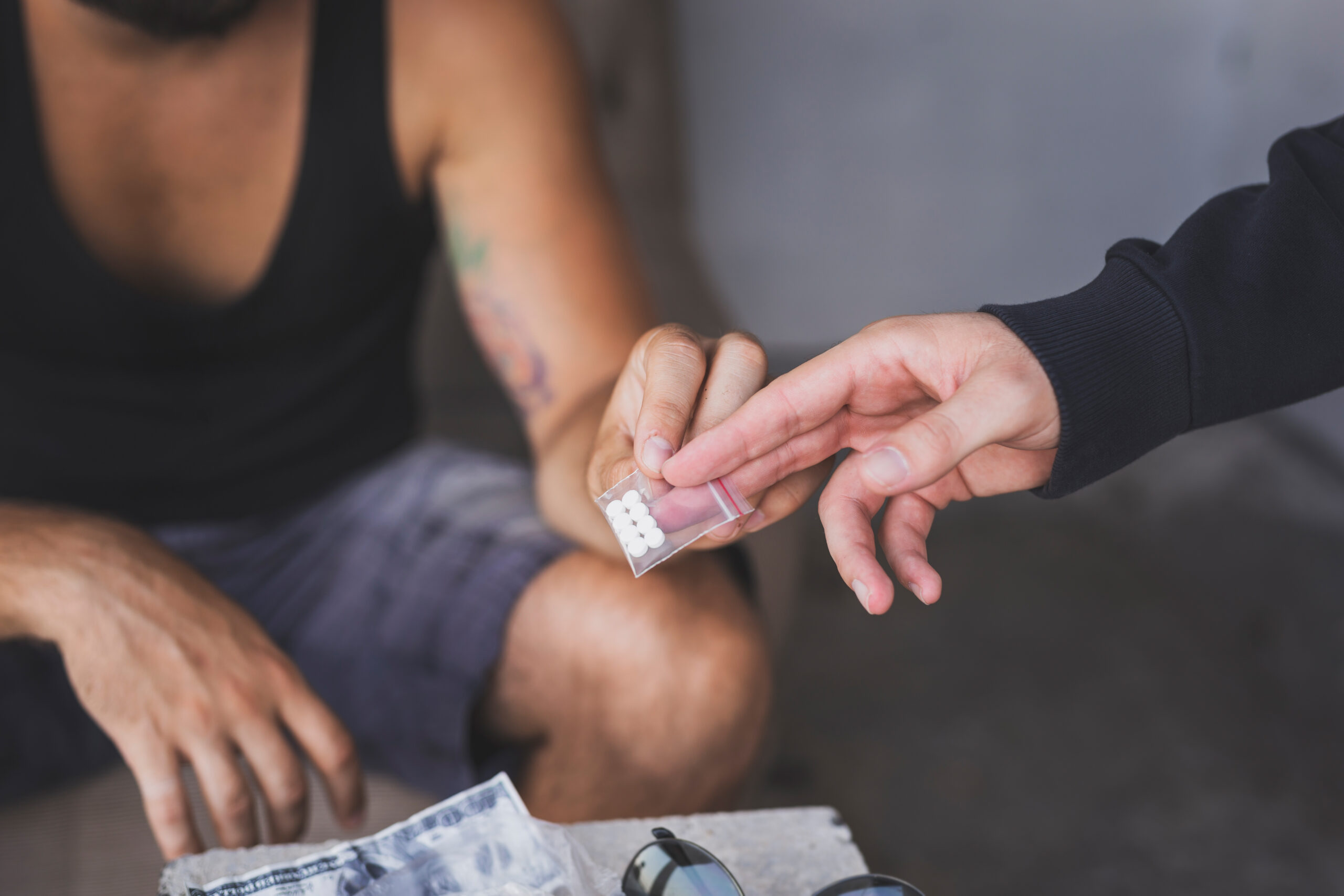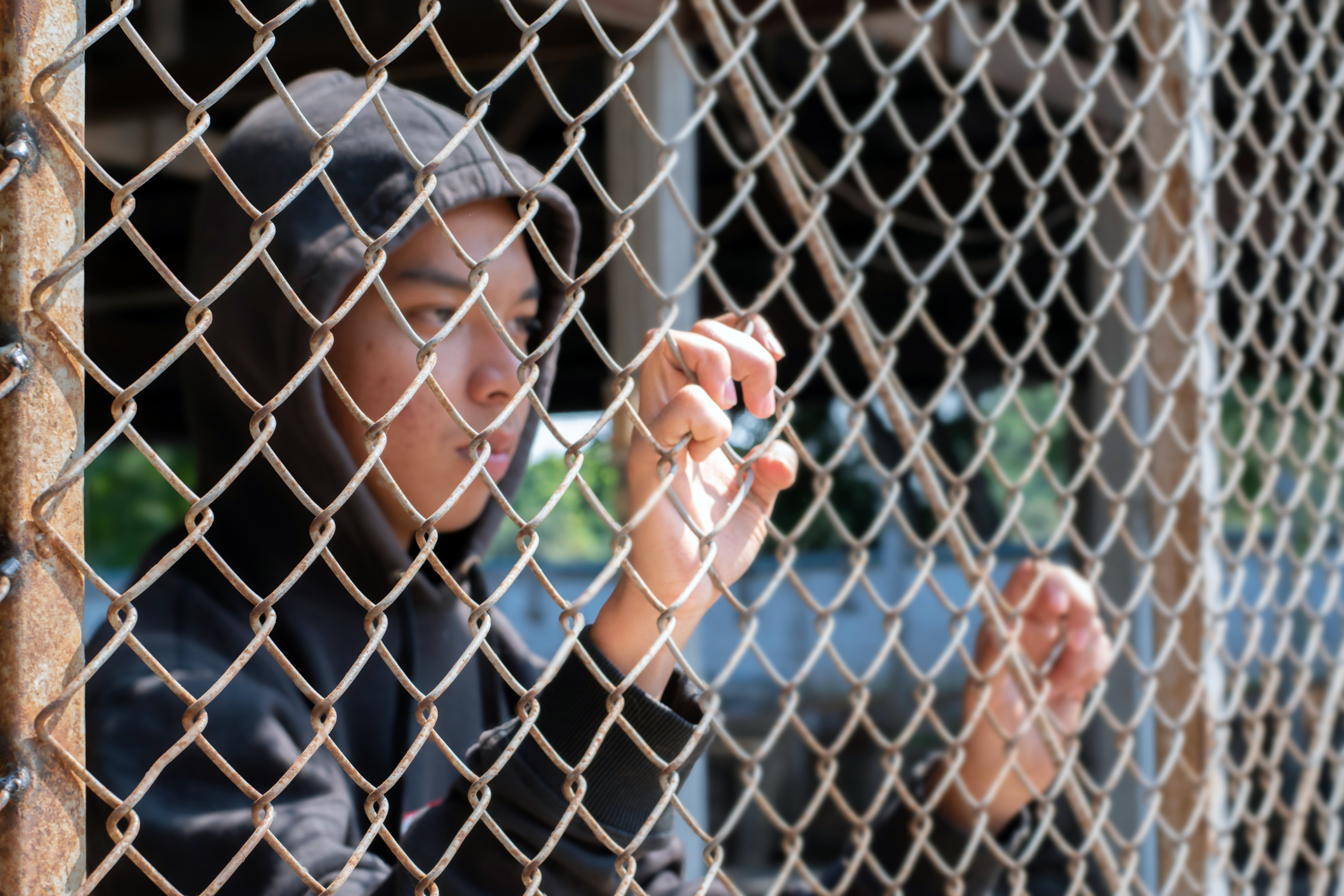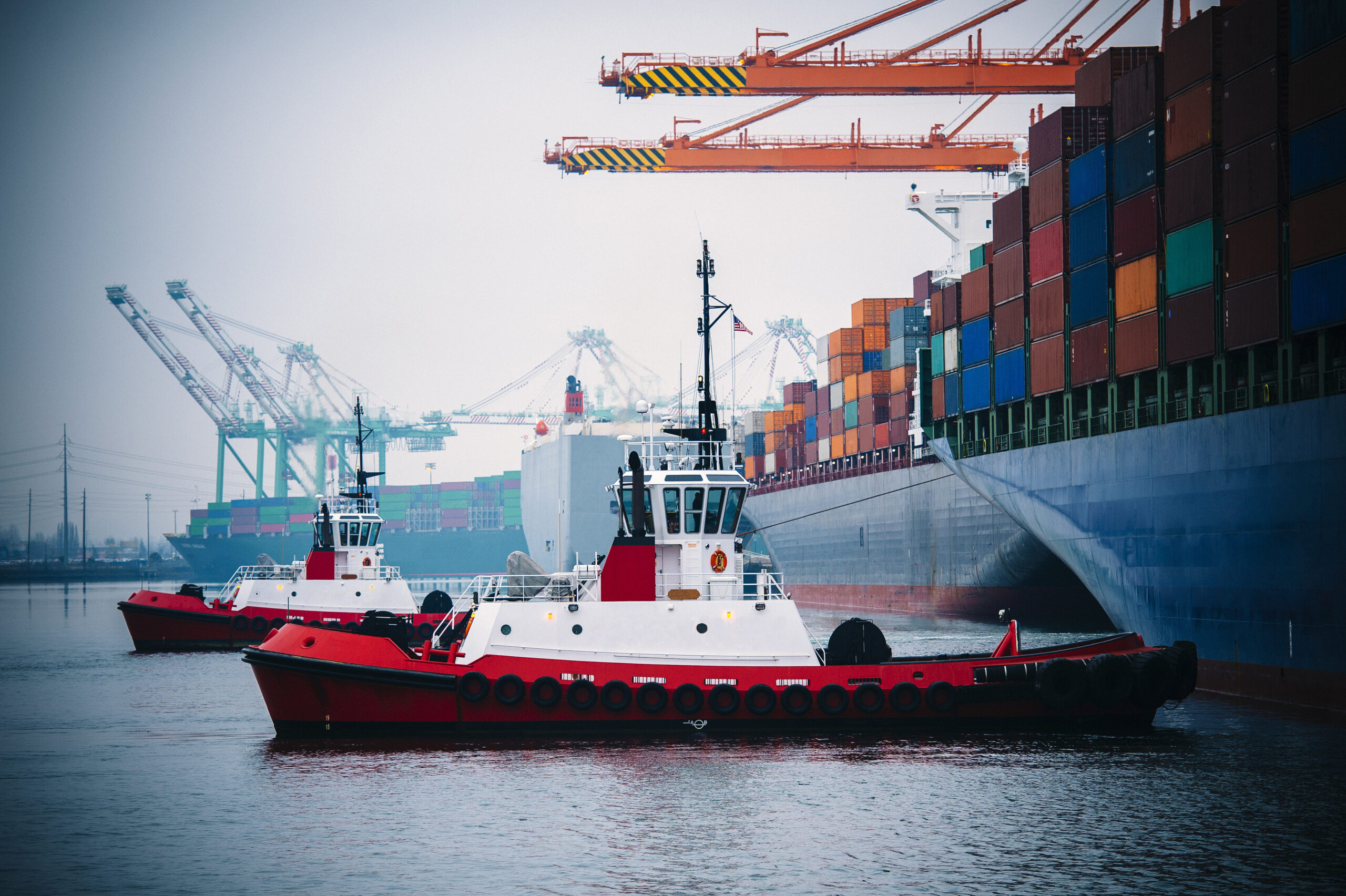What Are the Connections Between the Drug Trade in Houston and Other Texas Cities?
Houston’s drug trafficking routes and operations are part of a complex network that spans across Texas, with each major city playing a distinct role in the broader landscape of drug trafficking in the state. The comparison of Houston’s drug trafficking routes to those of other major Texas cities reveals a network heavily influenced by geography, infrastructure, and the presence of different Drug Trafficking Organizations (DTOs).
Law enforcement has expended considerable money and other resources on combating drug sales and use throughout the state. For individuals caught up in the extensive Texas drug trafficking network, the legal consequences can be severe. If you have been charged with drug trafficking or other drug-related charges, it’s vital to seek the representation of an experienced Houston criminal defense attorney who can uphold your legal rights.
What Are the Dynamics of Texas’ High Intensity Drug Trafficking Areas (HIDTAs)?
The High Intensity Drug Trafficking Area (HIDTA) is a program established by Congress in 1988 to provide assistance to federal, state, local, and tribal law enforcement agencies operating in critical drug-trafficking regions of the United States. This program targets four significant areas within Texas.
Houston HIDTA
The Houston HIDTA encompasses 18 counties in the Houston region, including Jefferson, Chambers, Liberty, Montgomery, Walker, Harris, Galveston, Fort Bend, Brazoria, Austin, and Victoria. The diverse geographic features of the Houston HIDTA provide multiple options for drug traffickers to transport illicit drugs through various routes.
Houston has been identified through this program as a crucial point for the importation and exportation of a wide variety of illegal drugs and precursor chemicals both domestically and internationally. Houston’s multifaceted transportation infrastructure, including highways, air routes, and sea ports, provides drug traffickers with various options for moving illicit drugs into and through the region. The city’s connectivity to foreign production areas and its proximity to key drug trafficking corridors contribute to its status as a national distribution center for illicit drugs.
South Texas HIDTA
The South Texas HIDTA covers 15 counties, 13 of which share a 625-mile border with Mexico, representing nearly 50% of the U.S.-Mexico border in Texas. This region, which includes San Antonio, is a significant drug smuggling corridor used by domestic and Mexican Drug Trafficking Organizations.
San Antonio serves as a national-level distribution center for wholesale quantities of cocaine, heroin, marijuana, and methamphetamine. The city’s expansive highway system facilitates the movement of illicit drug shipments into and through the city, connecting with other roadways that serve the entire country. San Antonio’s role in drug distribution is underscored by the significant quantities of illicit drugs seized in the area, and its larger population allows traffickers to conceal their operations more readily.
West Texas HIDTA
Cities in the West Texas HIDTA, such as El Paso, face different dynamics. The West Texas region is identified as a destination for drugs transiting through western Texas, with Interstate 25 being a notable route. The landscape of West Texas, which includes mountains, deserts, and plains, along with a long border with Mexico, creates unique challenges for drug trafficking and enforcement.
Texoma HIDTA
With widespread counties in northern Texas and Oklahoma, the Texoma HIDTA provides resources and services to cities that play critical roles in the trafficking of drugs from Mexico to other states. The two major drug markets within this area are Dallas and Oklahoma City. While the majority of the drugs trafficked in this region are for local use, there are still significant quantities of illegal substances that are shipped from stash houses in these locations to areas across the US.
How Does the HIDTA Program Address Drug Trafficking in Houston and Beyond?
The mission of the HIDTA program is to reduce drug availability by creating drug task forces aimed at reducing or eliminating domestic drug trafficking and its harmful consequences. The HIDTA seeks to curtail the accessibility of drugs in American cities, disrupt drug trafficking routes, and protect communities from the dangers posed by the drug trade. Methods used to achieve these goals include:
- Enhancing and coordinating drug trafficking control efforts between local and federal law enforcement agencies.
- Implementing initiatives to combat the production, transportation, distribution, and chronic use of illegal drugs.
- Preparing annual assessments that depict drug trafficking trends in the region to help identify emerging threats and formulate targeted strategies to combat drug trafficking.
Is it Possible to Become an Unwitting Participant in the Area’s Drug Trafficking Activities?
Individuals can unintentionally become involved in drug trafficking in Houston and other Texas cities through various means. When unknowingly or unwillingly drawn into illicit activities through the following situations, individuals can find themselves facing serious legal repercussions that could follow them for the rest of their lives:
- Human smuggling and trafficking: These activities are often interconnected with drug trafficking, with Mexican cartels controlling smuggling networks and trafficking routes in Texas. Individuals may unknowingly become involved in drug trafficking by being coerced or manipulated into participating in these criminal activities. Children are at extreme risk in trafficking situations, which can expose them to violence, exploitation, and involvement in illicit drug activities without their full understanding or consent.
- Use of stash houses: Drug traffickers often use stash houses to store drugs before distribution. Individuals unaware of the illegal activities in these locations may inadvertently become involved by being associated with or residing in such properties without knowledge of their true purpose.
- Involvement with criminal enterprises: Complex criminal enterprises, including Mexican cartels and transnational gangs, engage in a wide range of criminal activities beyond drug trafficking. Individuals may unknowingly become entangled with these organizations through various means, such as employment in front businesses used for illegal operations or unwittingly aiding in the transportation of drugs disguised as legitimate vehicles.
How Can an Experienced Drug Trafficking Lawyer Assist You?
The intensive efforts of the HIDTA program and other initiatives to prevent drug trafficking and use in Houston and other Texas cities have led to increased arrests of individuals believed to be involved in the area’s drug trade. Even the lowest charge of trafficking in Texas is a felony that can lead to extensive jail time and hefty fines. If you’ve been charged with drug trafficking in Houston, it’s vital to consult with a knowledgeable drug trafficking defense lawyer who will fight for the most favorable outcome in your case. Contact Drehner Law today at 832-626-0063 to schedule a free consultation to learn about your legal options.


 Call Us Now
Call Us Now









